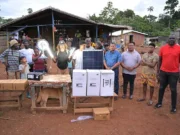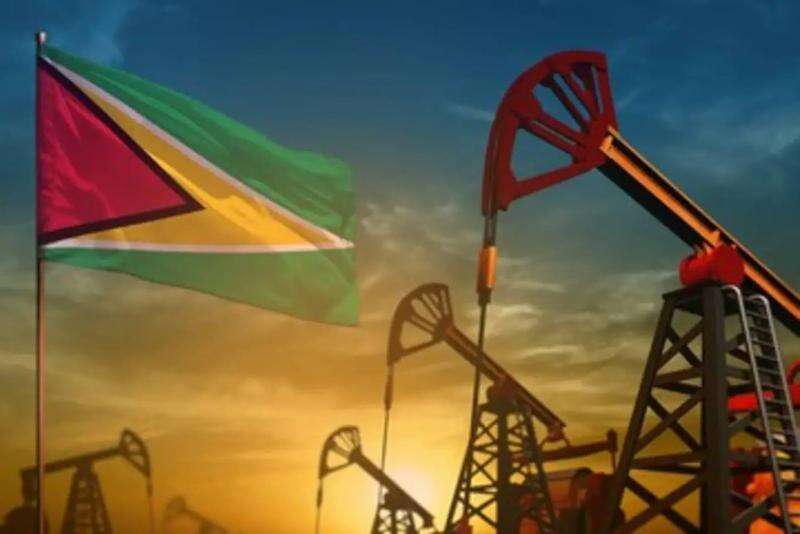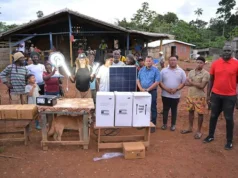By Sueann Wickham
In 2015, Guyana embarked on an ambitious journey into the realm of oil production led by an ExxonMobil-consortium in the Stabroek Block. Today, standing among the largest global producers, the nation’s ascent in the oil and gas sector is undeniable. As Guyana embraces its role on the world energy stage, it becomes imperative for citizens to grasp the lexicon that fuels this transformative industry.
This article aims to unravel the pivotal terms shaping Guyana’s oil narrative, empowering individuals in their understanding of the complexities of the energy landscape.
Let’s delve into the following terms:
- Exploration: This is inaugural phase involves the search for potential oil and gas reserves beneath the Earth’s surface, employing geophysical surveys and varying drilling methods.
- Reservoir: A subsurface rock formation containing a significant amount of hydrocarbons, such as oil and natural gas.
- Drilling Rig: An apparatus crucial for drilling wells to extract oil and gas, playing a pivotal role in exploration and production processes.
- Production: The extraction and recovery of oil and gas from reservoirs, marking the phase where resources become commercially viable.
- Refining: The process of converting crude oil into usable products like gasoline, diesel, and petrochemicals, contributing to a nation’s energy and economic infrastructure.
- Upstream: The section of the oil sector that entails exploration, drilling, and production, focusing on activities close to the resource extraction point.
- Downstream: Refers to the refining, distribution, and sale of petroleum products, extending from refineries to end-users.
- Pipeline: A piece of infrastructure used for transporting oil and gas over long distances, ensuring efficient delivery to refineries and distribution networks.
- Petroleum Engineering: The field of the oil and gas industry that is dedicated to developing techniques for efficient oil and gas extraction, reservoir management, and well optimization.
- Natural Gas Liquids (NGLs): Hydrocarbons in the gaseous state in reservoir conditions but recovered as liquids in gas processing plants. Common NGLs include ethane, propane, and butane.
- Hydrocarbon Reserves: Estimated quantities of oil and gas commercially recoverable.
- Local Content: This refers to the percentage of goods, services, and personnel sourced from the host country or region in the oil and gas industry, aiming to boost benefits for local businesses and communities.
- Field Development Plans (FDP): A comprehensive strategic document outlining the development strategy for an oil or gas field, encompassing technical, economic, and environmental aspects.
- Field Development Assessment: The evaluation process to assess the feasibility and viability of developing an oil or gas field, involving the study of technical, economic, and environmental factors.
- Floating Production, Storage, and Offloading (FPSO): An offshore facility for processing and storing hydrocarbons, equipped with production and processing facilities. FPSOs store oil until offloaded to tankers for transportation.
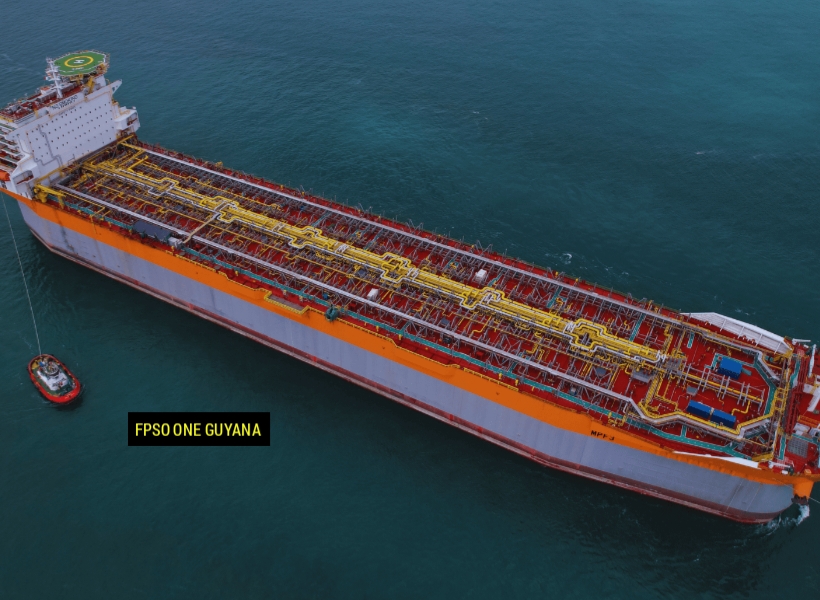
Getting to know ongoing and future offshore development
ExxonMobil and partners, including Hess Corporation and CNOOC Petroleum Guyana Limited, have six developments planned for simultaneous production by 2027 and have already gained government approval for five.
The Liza Phase One project commenced production in 2019. It was followed by the Liza Phase Two development in 2022. Notably, the Liza Unity and Liza Destiny vessels together were producing an average of 400,000 barrels per day. With the addition of the Prosperity FPSO being used in its third development, Payara which commenced first oil production in November, Guyana is projected to hit over 600,000 barrels of oil per day by the first quarter of 2024.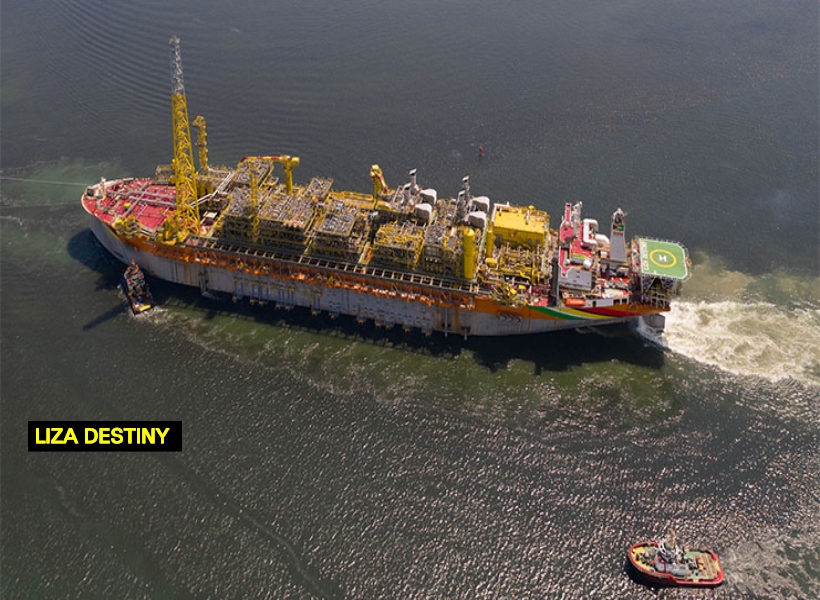
Another development, (the fourth) Yellowtail development aims for first oil by 2025. Yellowtail production from the ONE GUYANA floating production storage and offloading (FPSO) vessel will develop an estimated resource of more than 900 million barrels of oil. The US$10 billion project will include six drill centers and up to 26 production and 25 injection wells.
The Uaru field development project, the fifth in the Stabroek block, includes around ten drill centers and 44 production and injection wells, targeting an estimated resource of over 800 million barrels of oil. Scheduled for production start-up in 2026, it anticipates a production capacity of nearly 250,000 gross barrels of oil per day (gbopd).
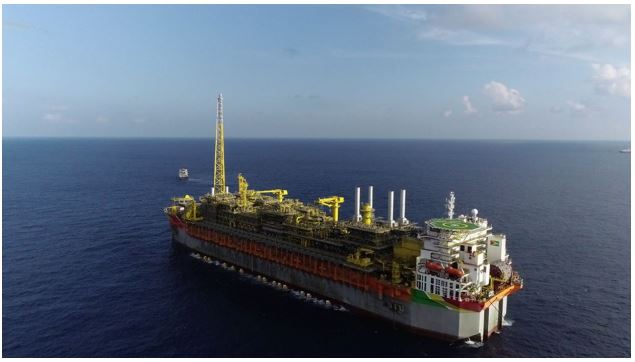
Each phase involves deploying additional FPSO vessels and drilling production wells to extract oil from beneath the ocean floor.
Exxon also envisions a sixth development, the Whiptail Development, due for first oil in 2027. It entails drilling approximately 33 to 72 development wells, including production and water/gas injection wells. The FPSO vessel “Jaguar” is designed to accommodate an annual average capacity of 300,000 barrels of oil per day, with a storage capability of around 2 million bbl (320,000 m3) of stabilized crude oil.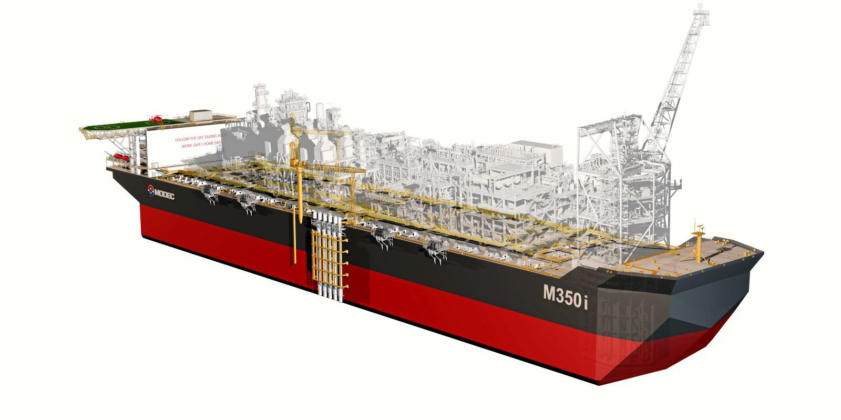
By grasping these fundamental, individuals in this developing nation can be in a better position to not only have informed debates and conversations but also ask the relevant questions of office holders.

